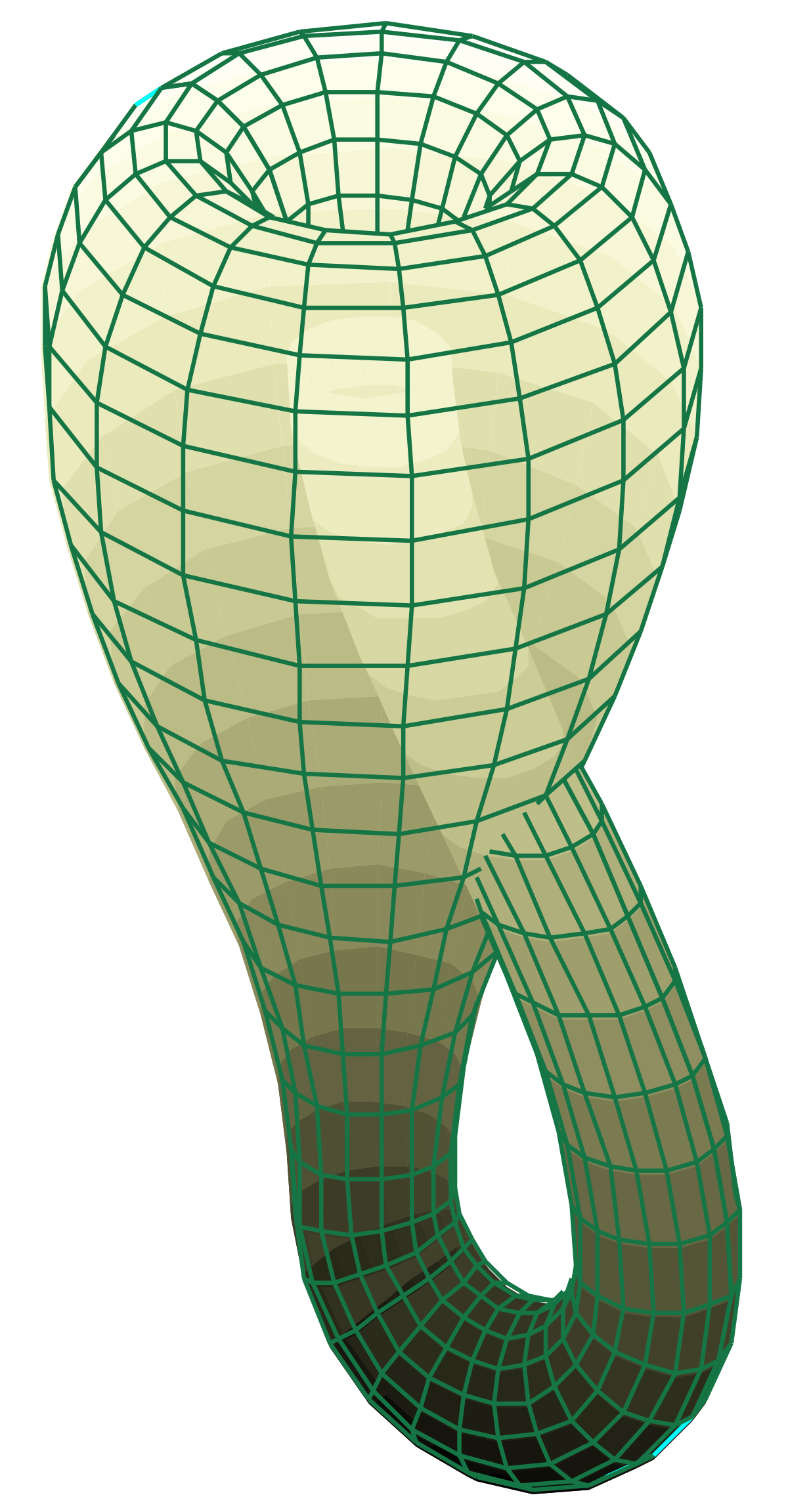The concept of comoving distance in cosmology is a way to account for the expansion of the universe when measuring distances on a large scale. It takes into consideration the expansion of space itself, allowing us to define a consistent reference frame.
In the context of the observable universe, the comoving distance takes into account the expansion of space since the light was emitted from distant objects. When we observe light from a galaxy that is, say, 13 billion light-years away, we are seeing the light that was emitted by that galaxy 13 billion years ago. However, during that time, space has expanded, stretching the wavelength of the light as it travels towards us.
The comoving distance is the distance between us and the galaxy measured at the time the light was emitted. It takes into account the expansion of space, so it represents the size of the universe as it was when the light was emitted. This allows cosmologists to compare different regions of the universe at different times.
It's important to note that the comoving distance is different from the physical distance, which refers to the current distance between two objects in the universe. The physical distance takes into account the expansion of space and can be greater than the comoving distance due to the ongoing expansion of the universe.
So, when scientists say that the observable universe is about 94 billion light-years across, they are referring to the comoving distance, which takes into account the expansion of space over time. This measurement represents the size of the universe as it was when the light we observe was emitted, not its current size.



